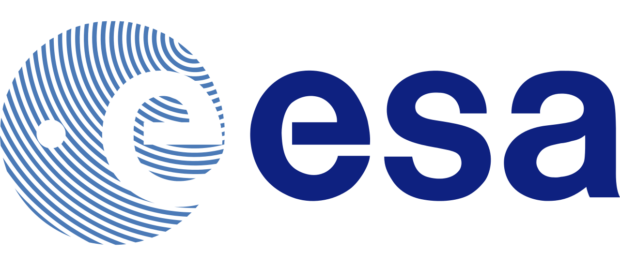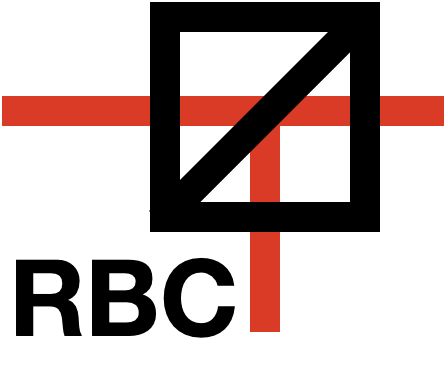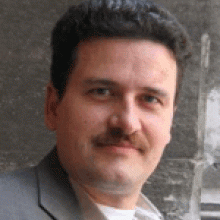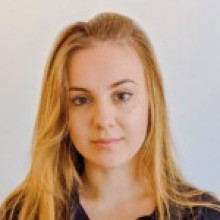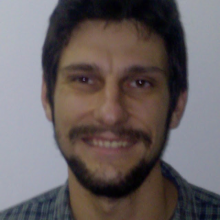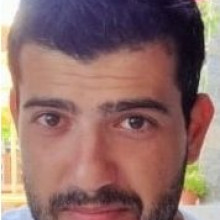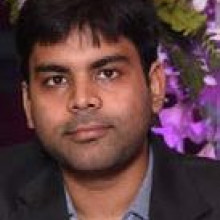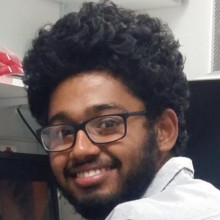Scientific space missions require an ever-increasing level of optical complexity. Beams must be split, recombined and coupled in and out of optical fibres. Modern optical platforms must include active elements such as acousto-optic and electro-optic modulators, as well as mechanical shutters. Example applications include the LISA interferometer, where optical laser beams must be prepared and controlled, or the STE-QUEST II and PHARAO atom-clock missions, where many different laser beams must be controlled in frequency and amplitude in order to cool and manipulate atomic clouds. The main challenge is that the beams must be coupled into single mode optical fibres after having traversed a number of active and passive optical elements. This can only be achieved using optical breadboard technology.
We are currently developing in colaboration with ESA novel technologies for beam steering on compact optical bread boards. The aim of the project is to simplify existing techniques whilst increasing stability and scalability.
The standard solution to reduce the effect of unavoidable thermal variations is to use a thick base-plate from an ultra-low-expansion (ULE) material such as Zerodur. One then mounts optical elements onto the base-plate using methods like Hydroxide-catalysis bonding (LISA) or UV-curable optical adhesives (MAIUS-QUANTUS). In many cases (like a beam-splitter to be glued) the vertical angle can only be adjusted by machining the optical element itself. Where precise adjustments or more complex shapes are required, currently one has to use non-ULE materials such as Invar or sapphire. The fibre couplers, for example, typically consist of in complex housings allowing both angle and position displacement. This often requires the use of non-ULE materials.
Current Projects
SkinUP:
The upgrade of the Skinakas Observatory for optical and quantum communication ground station, which is financed by the European Space Agency under the acronym SkinUP.
CARIOQA-PMP
CARIOQA aims to develop an Engineering Model (EM) of the mission’s instrument and to increase the Technology Readiness Level (TRL) of the critical subsystems up to 5. An EM is a light representative model in terms of form, fit and function used for the design qualification test program, it is not intended to flight. Complementary EU industrial partners develop the subsystems of the instrument (i.e. Physics Package, Laser System, Microwave Source and Ground Support Equipment) and increase its TRL by assessing the critical technologies in relevant environments. Excellent institutes bring their quantum expertise for the definition of the EM and the mastering of its performance.
SpaceTools:
This project is developing novel space-compatible laser stabilisation tools, which are aimed at Rb-based atom quantum sensors


